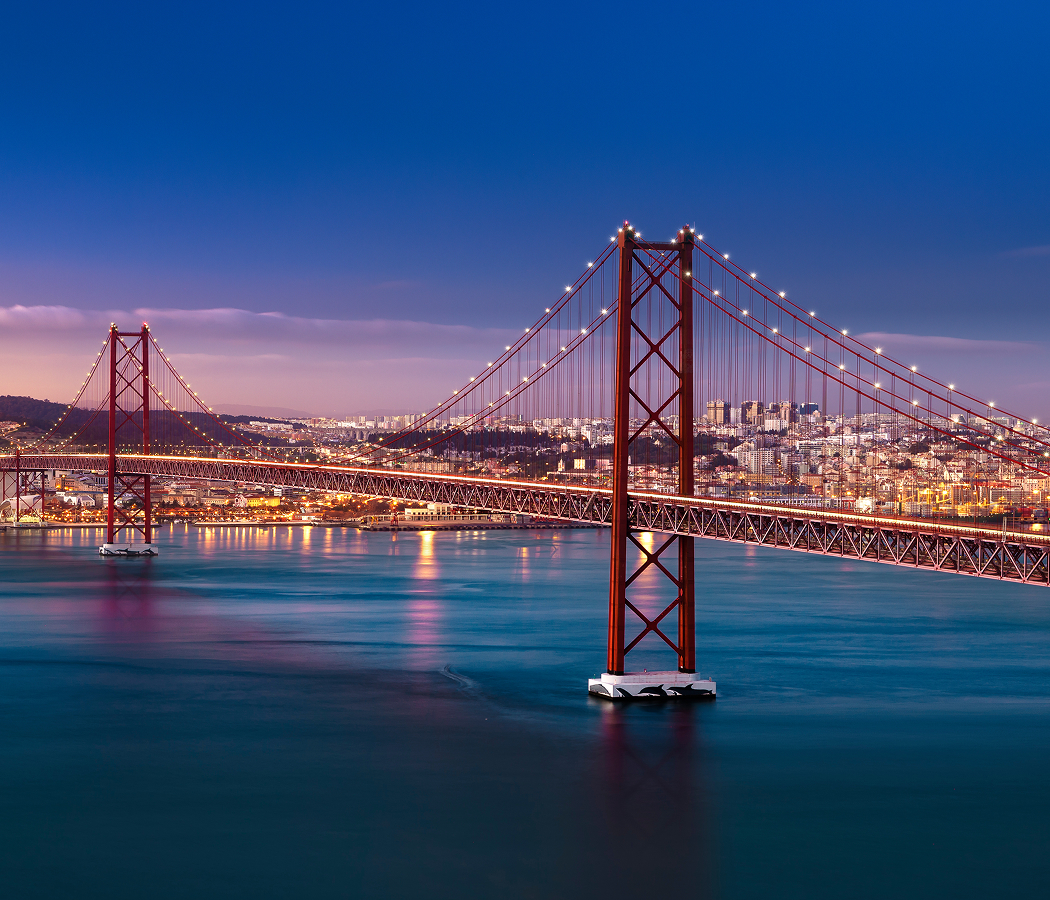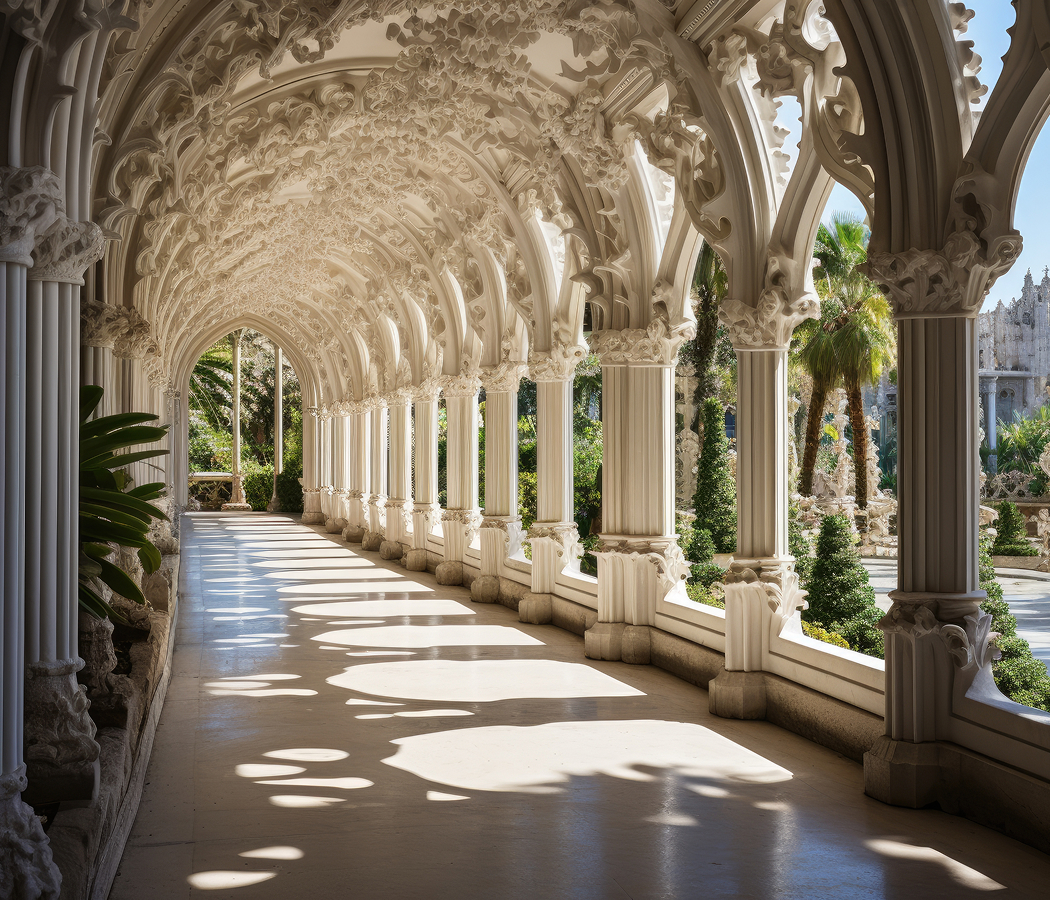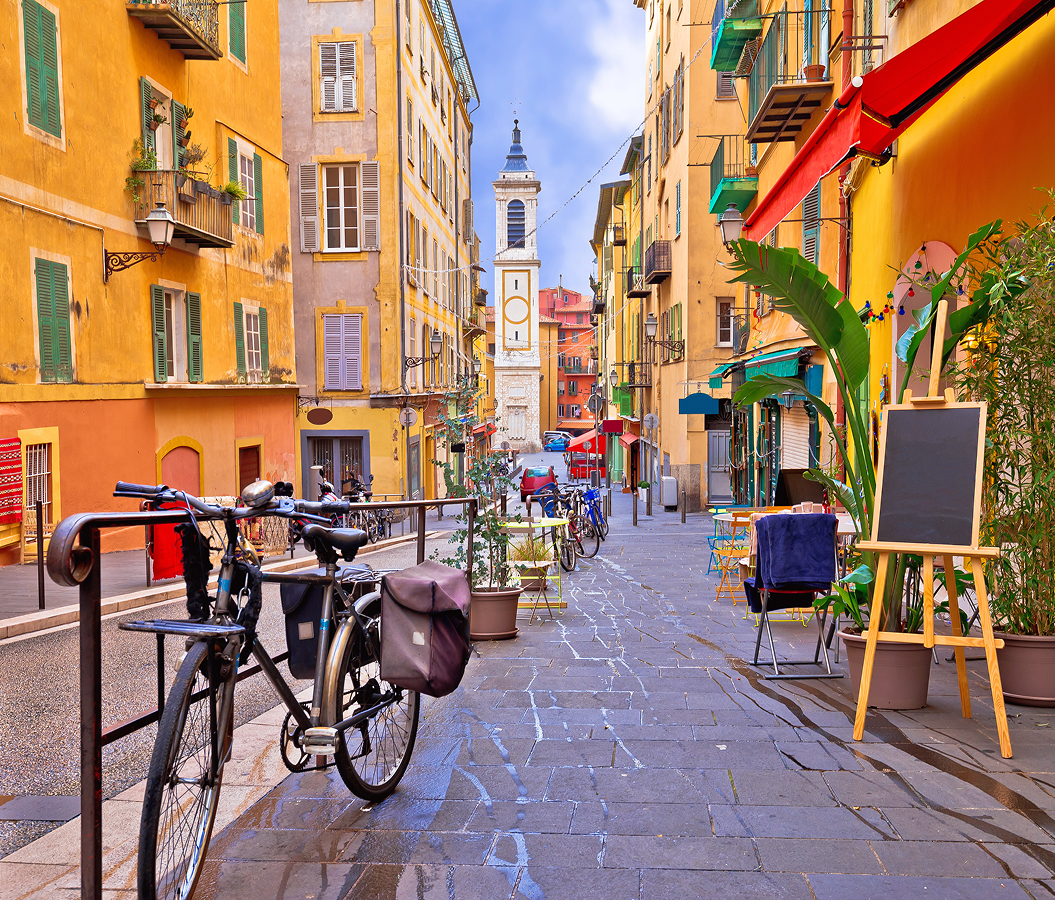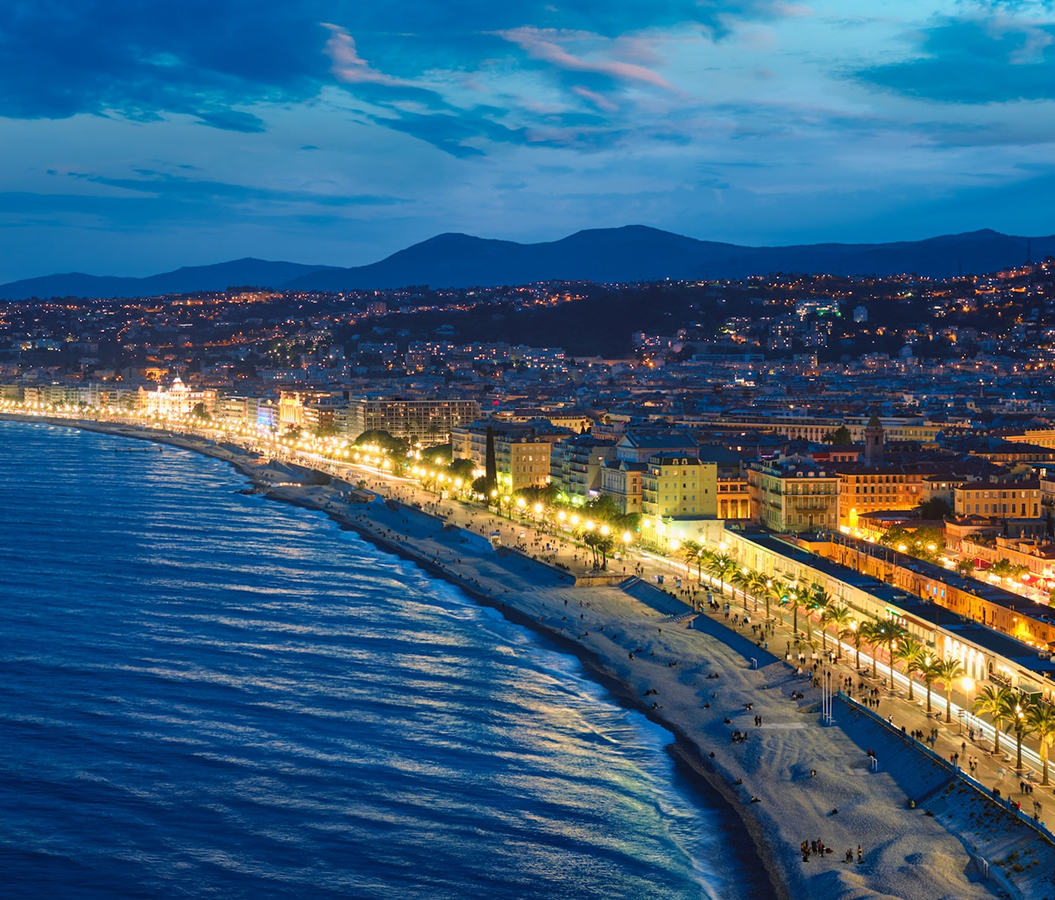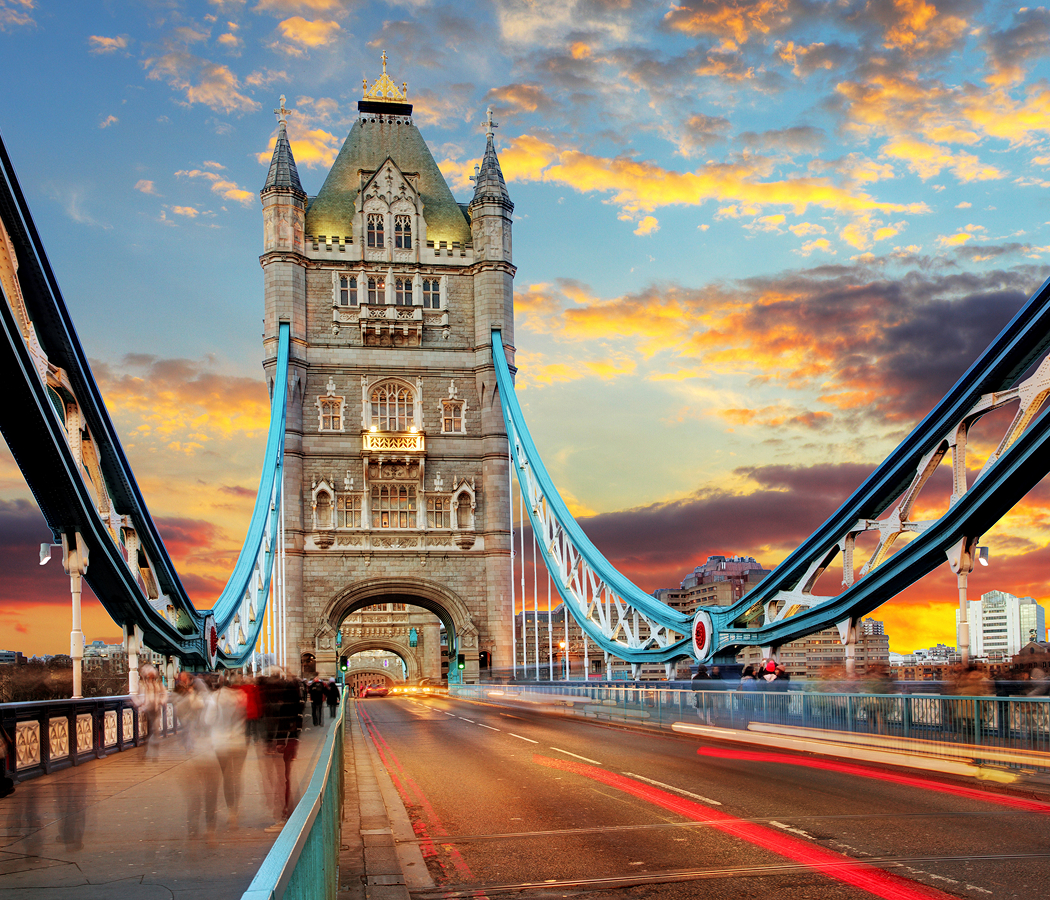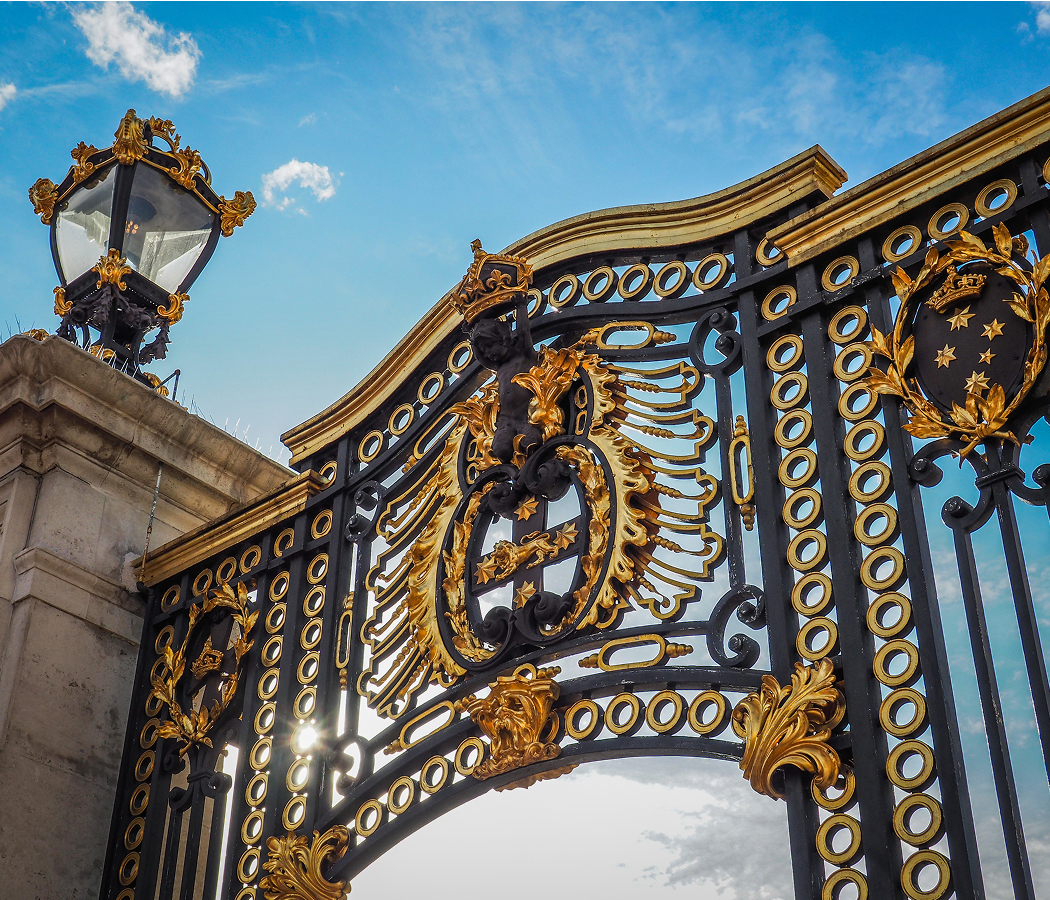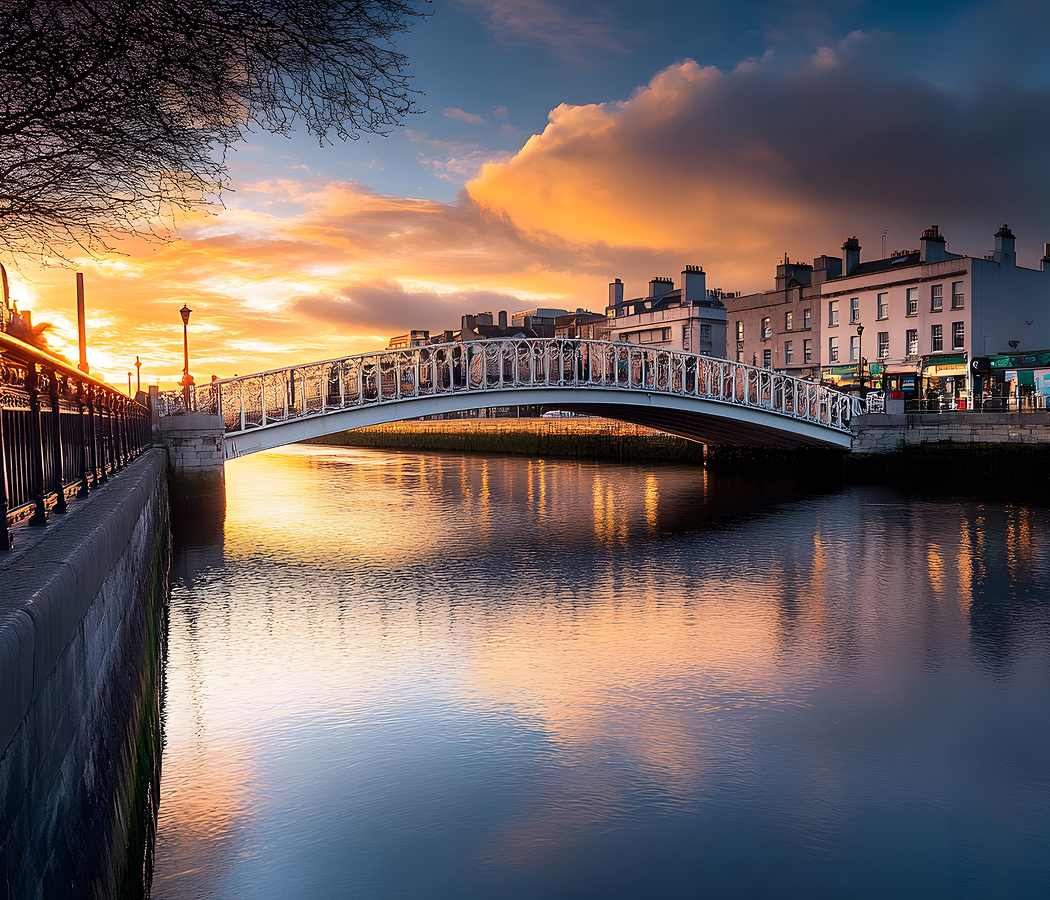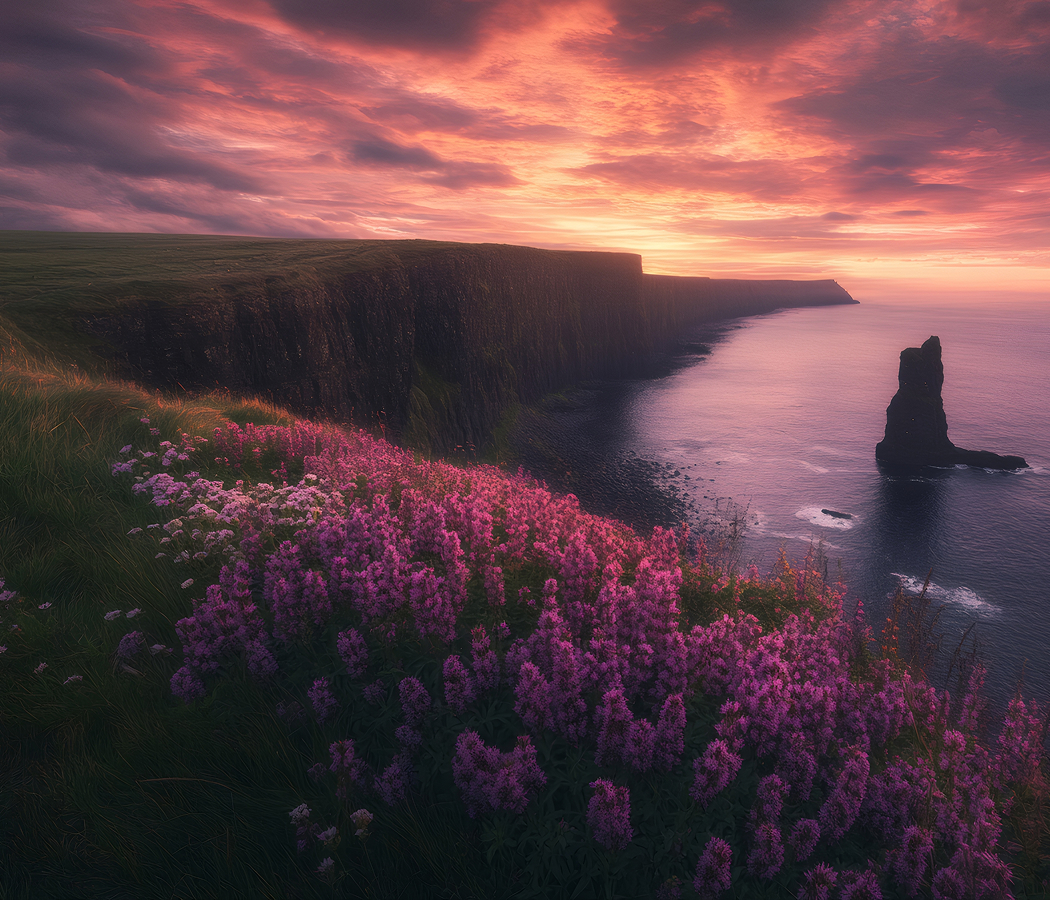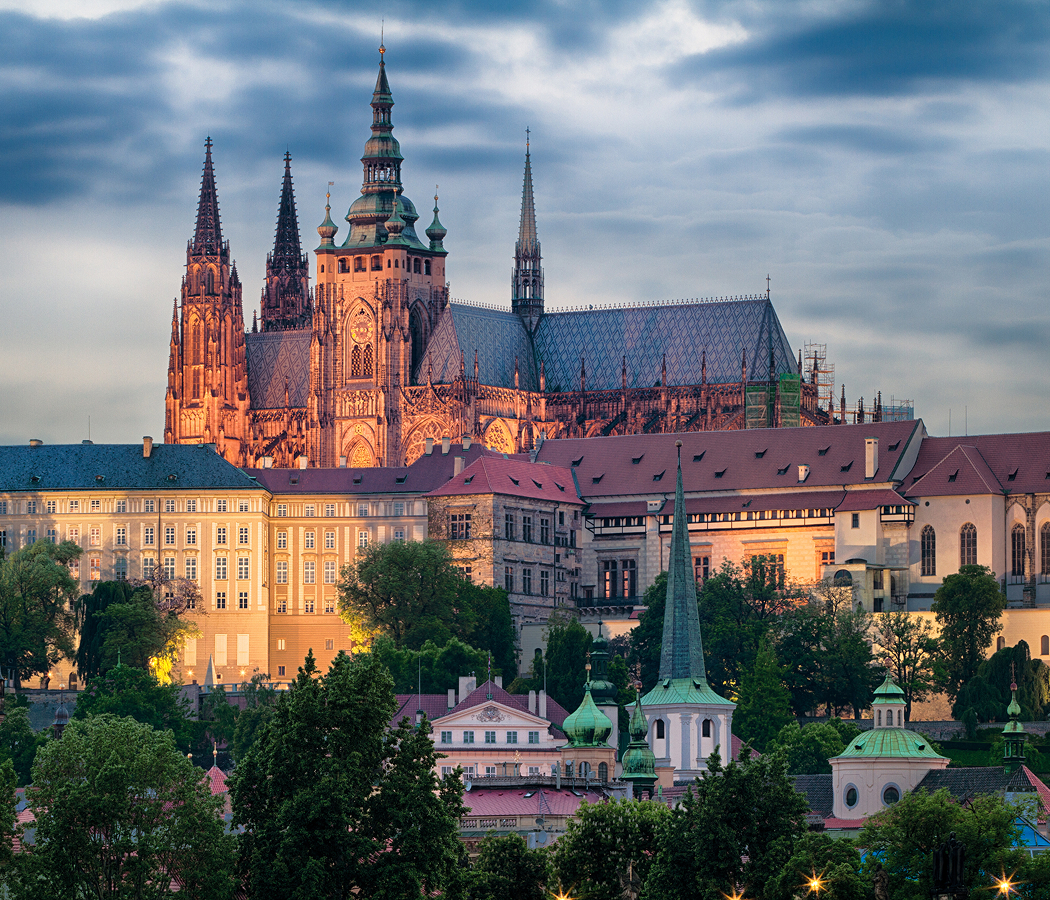
Why you should experience Basílica de la Sagrada Família in Barcelona.
Few places in the world command silence the way Basílica de la Sagrada Família does.
Rising from the heart of Barcelona like a dream carved in stone, this unfinished masterpiece by Antoni Gaudí feels less like a building and more like a living cathedral, one that breathes with the city’s faith, imagination, and soul. Its spires soar like towers of melted wax, their facades teeming with intricate sculptures that seem to move in the Mediterranean light. From afar, it looks almost organic, as if nature itself decided to create architecture. Step inside, and the effect is transcendent: shafts of colored light pour through the stained-glass windows, flooding the interior in a kaleidoscope of gold, emerald, and sapphire. The columns, designed to resemble branching trees, lift the ceiling into a forest of stone, turning the act of looking upward into a spiritual experience. You don’t just see Sagrada Família, you feel it resonate through your chest. It’s a fusion of art, faith, and engineering unlike anything else in the world, a monument not only to God but to the human spirit’s boundless creativity.
What you didn’t know about Basílica de la Sagrada Família.
Despite being one of the most recognized landmarks on Earth, Sagrada Família remains famously unfinished, a fact that adds to its mystery.
Construction began in 1882 under architect Francisco de Paula del Villar, but when Gaudí took over a year later, he reimagined it entirely. He devoted the last 43 years of his life to the project, even moving into a small workshop on-site so he could live and work within its evolving form. When Gaudí died in 1926, only a fraction of the basilica was complete, just one of its facades and a single tower. The rest has been built over generations using his detailed models, drawings, and mathematical principles inspired by nature. Its Nativity Facade, filled with exuberant carvings of life, hope, and divine creation, contrasts with the stark and haunting Passion Facade, which depicts Christ’s suffering through sharp, angular lines. Each tower and carving tells part of the gospel, yet no two elements are ever the same, everything is intentionally asymmetrical, mirroring the imperfection of nature itself. Modern architects continue to honor Gaudí’s vision with new technology, blending old craftsmanship with digital precision. It’s estimated that the basilica will finally be completed within the next decade, though “completion” feels almost beside the point. Gaudí once said, “My client is not in a hurry,” referring to God, and that patience has defined the project ever since. UNESCO recognized it as a World Heritage Site in 2005, not for its grandeur alone, but for its boldness, proof that faith and design can evolve together. Many visitors don’t realize that Sagrada Família is entirely funded by ticket sales and private donations, making it one of the largest self-supported architectural projects in history. Each euro paid by visitors is another stone placed toward a dream 140 years in the making.
How to fold Basílica de la Sagrada Família into your trip.
Visiting Sagrada Família isn’t something to rush; it’s a pilgrimage, a moment to slow down and let awe wash over you.
Start your visit in the morning, when sunlight filters softly through the east-facing Nativity Facade, bathing the basilica in a warm, almost celestial glow. Walk slowly around the exterior to take in the contrasting Passion Facade on the west side, its somber carvings best appreciated in the late afternoon light. Once inside, pause beneath the central nave and look up. The forest-like ceiling draws your gaze heavenward, creating a feeling that’s both grounding and otherworldly. If time allows, book an ascent up one of the towers, the Tower of the Nativity offers stunning views of Barcelona’s rooftops and the Mediterranean beyond. The climb itself, winding through narrow stone stairways, feels like a metaphor for faith and persistence. Afterward, visit the underground museum, where Gaudí’s original models and sketches reveal the genius behind his organic design principles. For an even deeper connection, attend an evening mass or simply sit in quiet reflection while the changing light transforms the space hour by hour. Outside, Plaça de Gaudí and Plaça de la Sagrada Família provide perfect vantage points for photos and contemplation, especially at sunset, when the spires glow like embers against the sky. Finish your visit with a slow stroll through the Eixample district, whose geometric grid contrasts beautifully with Gaudí’s fluid, natural forms. Seeing Sagrada Família up close changes how you view architecture itself, not as something static, but as something alive, unfinished, and eternal, much like the human spirit it was built to honor.
Hear it from the Foresyte community.
This place carries unfinished masterpiece energy. The way the light hits the stained glass is like some divine art trip.
Where meaningful travel begins.
Start your journey with Foresyte, where the planning is part of the magic.
Discover the experiences that matter most.










